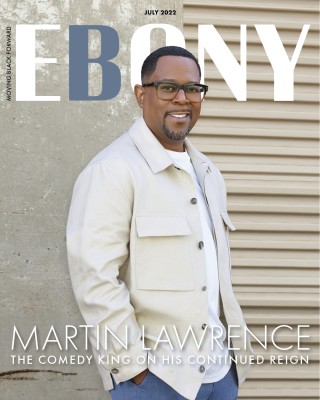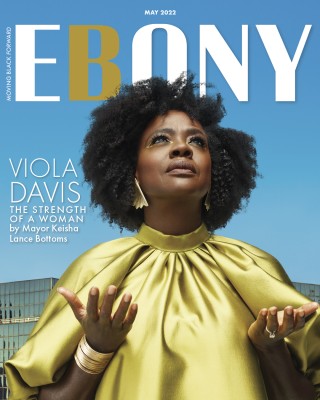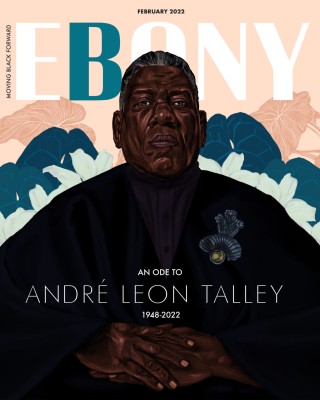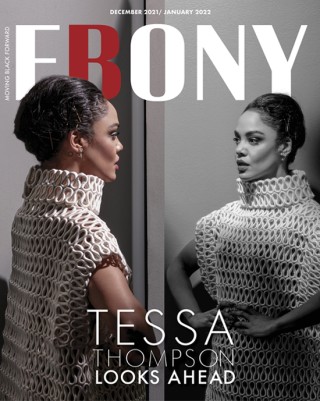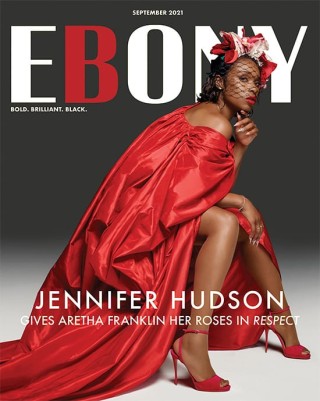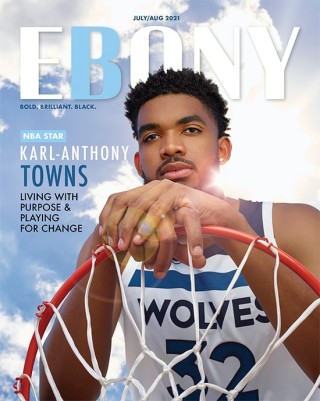For actor Jonathan Majors, no matter how repetitive, mundane or grand life’s tasks are, he completes each gesture with divine reverence. “[With] a sense of occasion is kind of how I move through the world,” Majors says. He’s referring to the small but intentional acts he undertakes, whether he’s walking into a photo studio, sitting down for an interview, or starring as the big, bad villain Kang the Conqueror in the next Avengers film—actually, the next three Avengers movies; Marvel Studios will be keeping Majors very busy through 2026.

Right now, things are more than all right for the star; they’re spectacular. Over the next couple of months, the Emmy-nominated actor will make his debut as a leading man in not one, but three films. Up first, the indie darling Magazine Dreams, which caused a major stir last month at its Sundance Film Festival premiere. In the film, Majors stars as Killian Maddox, an amateur bodybuilding obsessive grappling with social awkwardness. It’s a mesmerizing psychological study of our country’s obsession with success and celebrity, and the over-the-top and sometimes heartbreaking efforts many undertake in order to be seen. In March, Majors jumps into the ring opposite Michael B. Jordan in Creed III. Damian Anderson, Majors’ character, is a broken childhood friend seeking retribution for the life he feels Adonis Creed, played by Jordan, stole from him.
And in a few days, Majors picks up where Thanos left off and becomes Marvel’s next genocidal villain, Kang the Conqueror, in Ant-Man and the Wasp: Quantumania. Kang, who showed up as He Who Remains in the Disney+ series Loki, is quite possibly the biggest threat the MCU has ever encountered, with multiple versions of the villain, each more terrifying than the last, according to Marvel. On the big screen, Kang intends to manipulate time and dominate worlds beyond the Quantum Realm.
“Nothing’s more diverse than the fact that the ‘Big Bad’ of the MCU is a young Black boy from Texas. And there’s no help. There’s no allies.”
“I think [Quantumania] is ultimately about our relationship to time as human beings and how time plays within our relationships,” says Majors. “Love, friendship, legacy…that’s what the story is about. And every character—from Hank to Janet to Scott—all of us are touched by that, and deal with the threat or promise of time in a different way.”
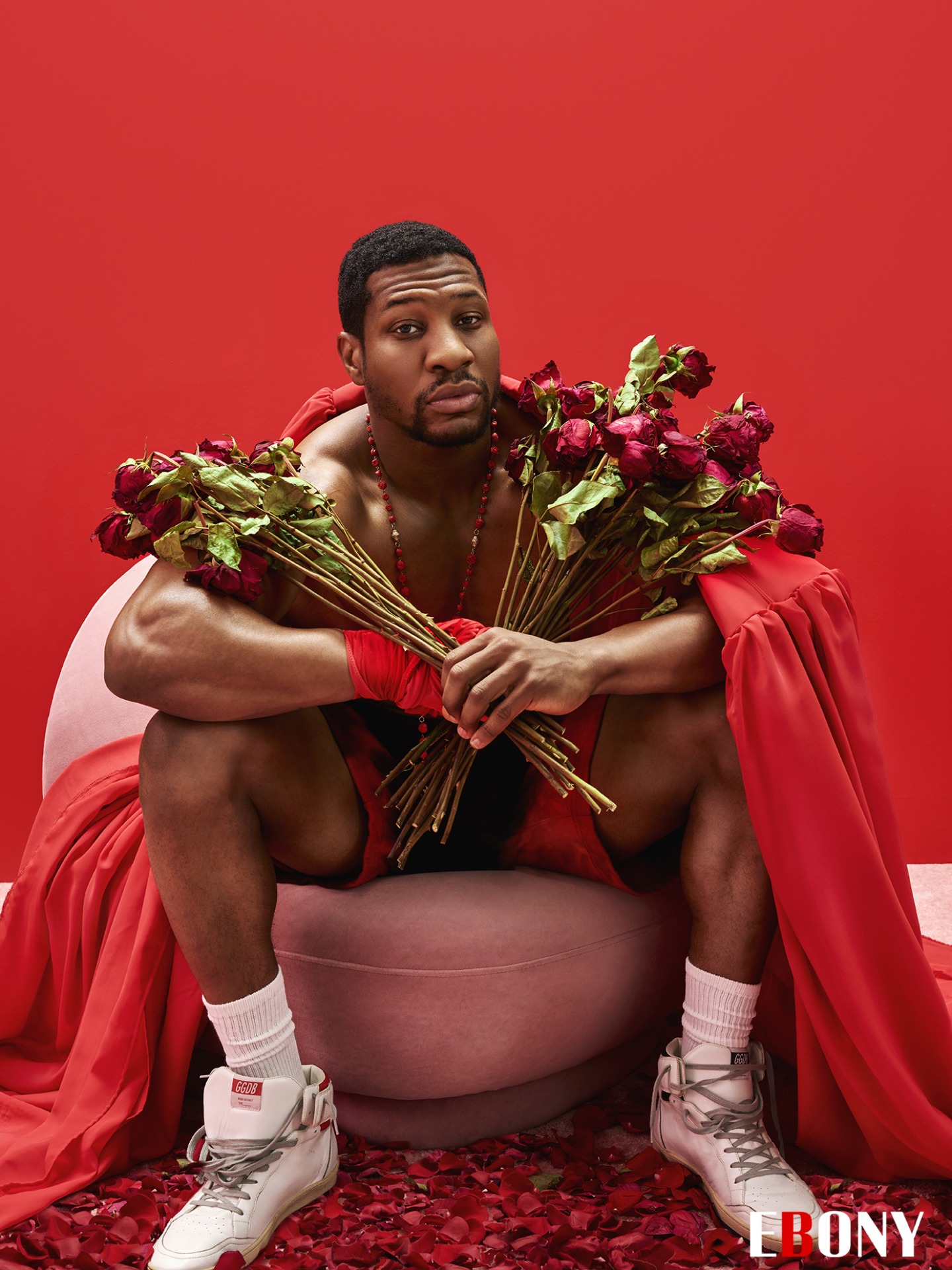
When he’s not wowing on red carpets or fielding scripts for his next project, Majors continues to lay the groundwork for the newly formed Sidney Poitier Initiative (SPI). Last December, Majors surprised the late actor’s family with news of the program, which is in partnership with the Gotham Film & Media Institute. “The main mission of SPI is to mitigate the issues our namesake had in making his transition to Hollywood,” says Majors, who, alongside the Black List founder Franklin Leonard, has begun rallying several Hollywood powerhouses to lend their voice to the organization. Early adopters who have already said yes to the program include Halle Berry, producer Stephanie Allain Bray and casting director Kim Coleman. “[For us], that’s opening doors, networking, meeting people… Allowing them to understand a sense of occasion with the industry and how to really plant their roots here and be constant gardeners within that network in order to have real staying power.”
Walking around the set of his EBONY cover shoot, the Yale School of Drama grad is clearly in it for the long game. Meeting Majors in real life makes you stand up straighter so that you mirror his commanding, 6-foot presence. But there’s romance radiating from his spirit, which is evident in the smooth R&B playlist he’s curated for the studio. “Love Again” by Daniel Caesar and Brandy, and “Lady” by D’Angelo float through the air, but when “Bam” by Jay-Z featuring Damian Marley hits the speakers, Majors screams, “Turn it up!” He’s in the zone, very cozy with who he is.
Weeks later, just after the start of a new year that’s clearly already his, Majors chops it up with EBONY about faith, fatherhood, and Black film’s legacy. Listen in.
Jonathan Majors wears an Oji Royale Durag, L’Enchanteur rings and Sewit Sium necklace. Photo by Keith Major for EBONY Media.
EBONY: The theme for your EBONY cover shoot was “Supreme Swagger Meets Romance.” When did you first discover you had swagger?
Jonathan Majors: I was told many times that I didn’t have swagger. [Laughs] I was told I wasn’t cool. I was forced to be an individual in order to survive. I had to believe in my own way of doing things. And that’s what swagger is, you know. It’s a supreme confidence in how one thinks and what one is capable of doing. Also, with that comes a huge amount of humility, because you can’t swag at the wrong spot, because it ain’t swaggy. I think about [my character] Nat Love in The Harder They Fall, because I remember [how much swag] my director, Jeymes Samuel, had. When you say “swag,” I think about Hov—Jay-Z. I would never think of myself. Yet, I do have a very clear confidence in how I move through the world. It’s a lack of fear of being seen. And I think as I worked more, the arts began to give me that.
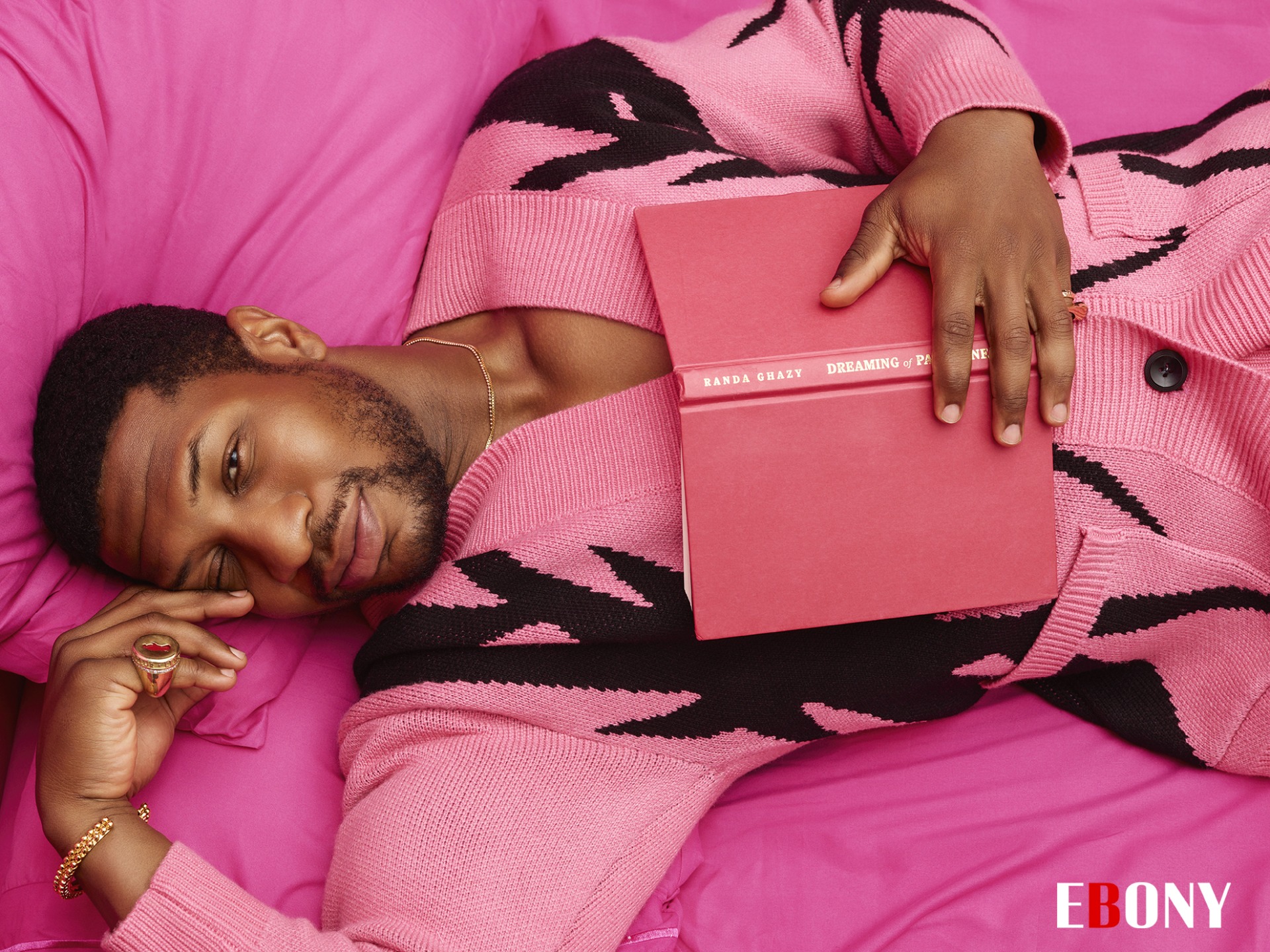
I know you’re a doting dad. What are some ways that you’re expanding your 9-year-old daughter’s world so that she never accepts the bare minimum?
One of the most beautiful things we talk about is need versus want. I grew up very needy, meaning there are things I needed that I didn’t have. Fortunately for my kid, she’s not in that position. I worked very hard and continue to work hard—not just for the present, but for the future. She doesn’t have to do that, but she does understand.
We teach worth and value in our household, and self-worth. A big thing is, as she changes her hair up, I’m very clear to tell her I liked it the way it was. I love it now; I loved it then. Another thing we teach is smiling. Your emotions belong to you. No man can make you do anything or feel anything. And like her father, she’s not easily impressed. Yeah, I mean, big-head boys are going to have a hard time dealing with her. I feel bad for [them], because then you have to deal with her and me.
Jonathan wears a Marquise Foster cape, Dsquared2 shorts, Golden Goose sneakers and Stylist’s own necklace. Photo by Keith Major for EBONY Media.
“My job is to tell stories, and to tell stories in a way that allows people to see themselves and to change for the better.”
You’ve said in the past that you have a lot of faith in your preparation of your work. How much time do you give yourself to really delve into a character?
I give myself six weeks to build it out. And that’s just being respectful to the project at hand. It’s also honoring the art form, because—I think that’s one of the reasons I have so much faith in my work, it’s that I know I put the time in. I have the same approach in the gym. It’s the same approach with cooking dinner. It’s the same approach with raising my daughter. I know I did the work, so now I can play. I can do that. But if you’ve not done the work, then you just become a lesser father, a lesser actor, a lesser partner. I just become lesser. And the work allows me to start acting; it’s my occupation and my vocation. I take it extremely seriously.
Now, given the number of leading roles you’ve had, you’re at a point where you can be more selective and say no. In the beginning of your career, was there a point when you were saying yes to everything?
Well, maybe that’s my Texas confidence, but I always said no. It was clear to me—which again has to do with the preparation conversation—it was clear early on what type of actor I wanted to be and how I wanted to be seen and the type of work I wanted to do. Sidney Poitier told Denzel Washington, “The first three films you make will define your career.” Those first three, four characters, especially when you’re talking mainstream, will define your career. I was very conscientious about not playing roles I didn’t think were going to move me forward as an actor.
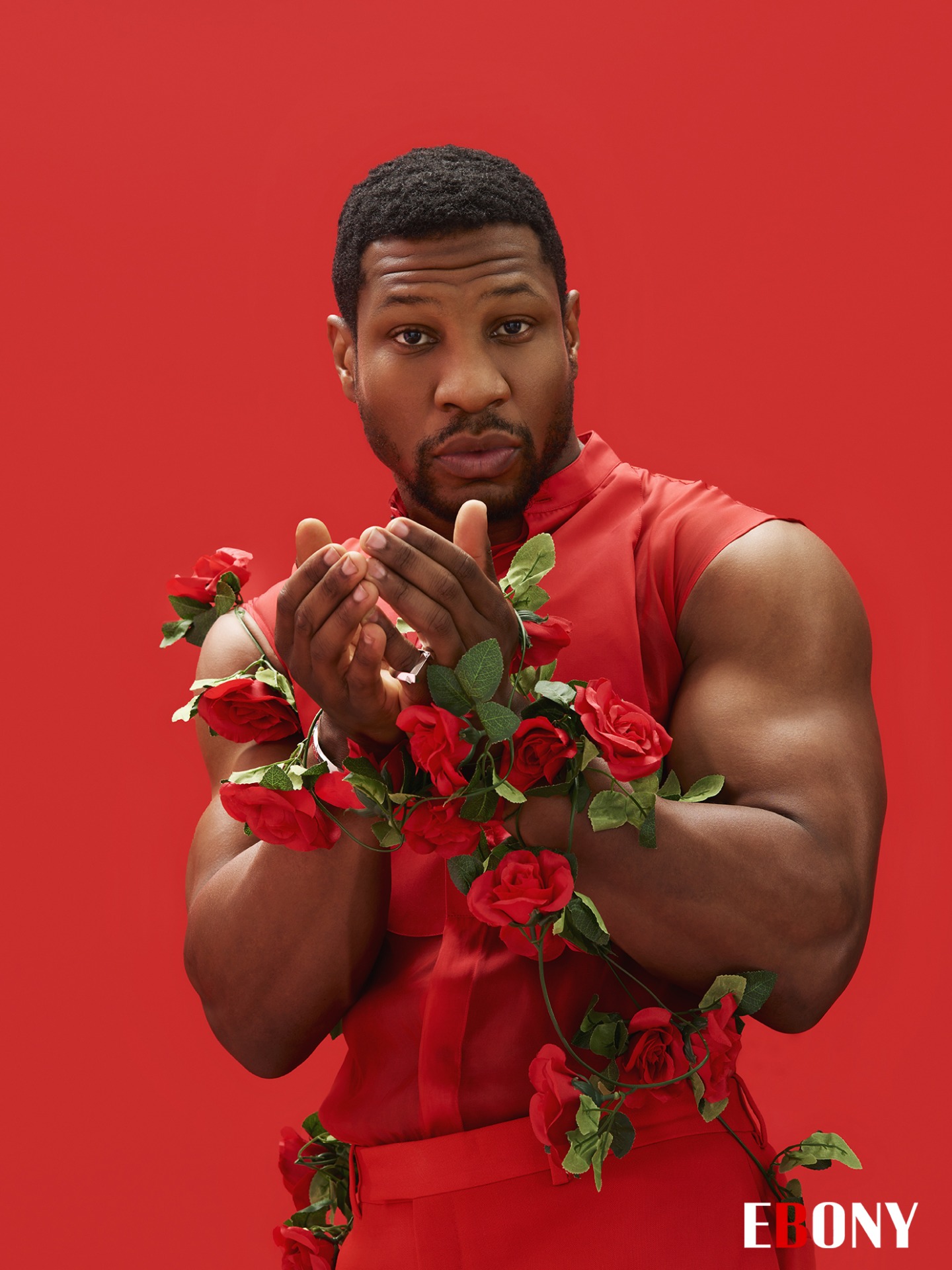
Now I’ll play the bad guy, I’ll play the good guy, I’ll play the morally corrupt guy. Because my job is to tell stories, and to tell stories in a way that allows people to see themselves and to change for the better. But early on, I had one rule for myself, and I say it to younger actors, too: Keep your rent low, and you don’t have to panic.
Being an actor has never been an ego trip for me. Quite the opposite; it’s quite humbling. You’re always playing somebody bigger, faster, stronger, smarter than you, deeper than you. Which is why you have to do so much work [in preparation for a role]. So no, I never felt pressured to do that. But now it’s the same old thing; I do the same old stuff every day. The world is changing around me. My job is to stay the same, to grow versus change.
I pick roles where I go, ‘Is this going to challenge me to be a better human being? Is it going to hurt? Is it going to scare me?’ Because if I can overcome it, if I can heal the character, I can heal myself. If I heal myself and people are watching, other people will be healed.

How has the work you’re starting with the Sidney Poitier Initiative, and knowing his legacy, impacted your choices as an actor?
What I’m most focused on is staying power. Anyone can get a movie. I’ve seen it, done it. [But] how do you get a movie, and get another movie, and then do well enough in this movie to move the box office, the culture and yourself forward? That has to happen with every film. Now, you can do it sometimes where you just push the box office through the roof, and that will mitigate those other two lacking parts. For me, The Last Black Man in San Francisco pushed the culture through the roof, pushed my artistry through the roof. It did nothing in the box office; it wasn’t meant to. And yet those things are fishtailing into Lovecraft Country, which then fishtailed into Da 5 Bloods, which is huge. All these things connect. What meetings to take, what meetings not to take. Little things we were talking about, like when to say no, how to say no.
You were revealed as He Who Remains, a variant of Kang the Conqueror, in the Loki season 1 finale. When you met Loki, there was a double entendre when you said, “Not what you were expecting, hmm?” But unlike your fellow actors in big tentpole films—namely, John Boyega in the Star Wars franchise—when you debuted on-screen, there was no racial backlash. Why do you think that is?
Well, it’s not too late. [Laughs] Yeah, I thought it would’ve come by now, but we’ll see. People are crazy. Why do I not think it’s happened? I don’t know. I feel blessed. I was thinking about my sister Moses Ingram [who costarred in the Disney+ series Obi-Wan Kenobi], who was also attacked. Perhaps the Star Wars camp is different. I don’t know. I don’t know if we’ve gotten it much in the Marvel world.
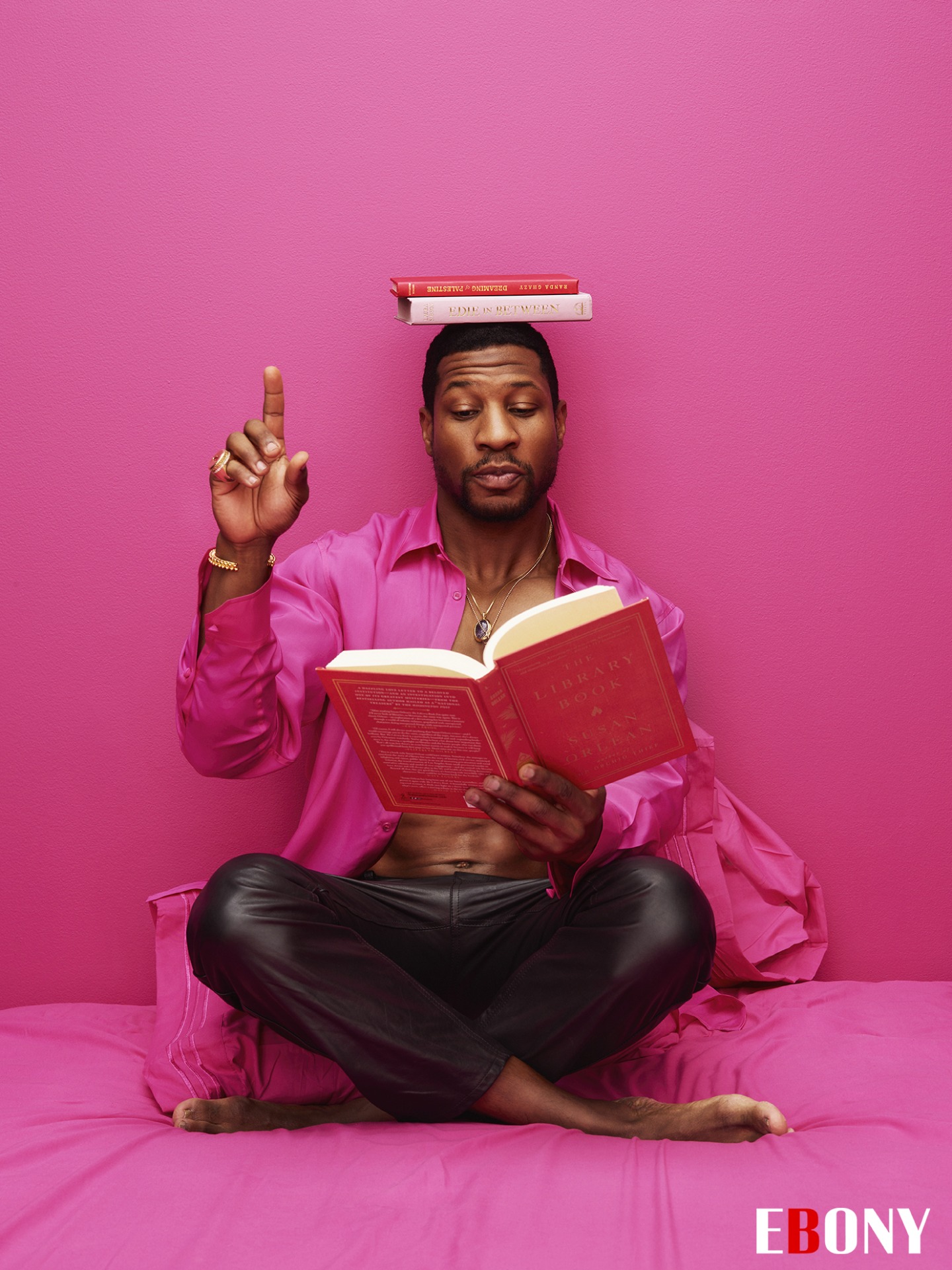
Jonathan wears a Valentino shirt, Louis Vuitton pants, Sewit Sium bracelets, and Sewit Sium and Third Crown necklaces. Photo by Keith Major for EBONY Media.
Last, what’s a question every man should ask himself?
“Was it worth it?” It highlights a certain amount of cognitive dissonance where you have to reflect. I don’t think men reflect enough. I think if you ask yourself if it’s worth it before you act, you’ll be on the path, you’ll be on the proper righteous path. “Was it worth it?” also speaks to the man you want to be—because that’s the meter you’re checking it against.
EDITOR-IN-CHIEF & SVP, PROGRAMMING: MARIELLE BOBO
CREATIVE DIRECTOR: RASHIDA MORGAN BROWN
PHOTO DIRECTOR/PHOTOGRAPHER: KEITH MAJOR
ASSOC. CREATIVE DIRECTOR/HEAD OF VIDEO: STEVEN CORNELLO
VIDEO BY: MEGA MEDIA
DP: GAGE ZANGHI
ASSISTANT CAMERA: EVAN WERNER
GAFFER: RUSSELL BURGER
SWING: GABE SOLORZANO
SOUND MIXER: JONAH MILES PRENDERGAST
PHOTO ASSISTANTS: CESAR REBOLLAR, SAONI FORTUNA
DIGITAL TECH: SHERRIDON POYER
PHOTO INTERN: MADISON MCKNIGHT
STYLIST: ALEXANDER-JULIAN GIBBSON
STYLIST ASSISTANTS: RACHAEL BETTENCOURT, BROWNIE BROWN
TAILOR: LEROY GOUGH
GROOMER: BARRY WHITE FOR KEEPING THEM WELL GROOMED
SET DESIGN: CHRISTOPHER STONE
SET ASSISTANT: JEREMY MCLENNAN
EXECUTIVE PRODUCER: TRACEY WOODS
PRODUCTION ASSISTANT: KYLE KNIGHT
RETOUCHER: DIGITAL 805 RETOUCHING






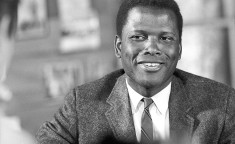

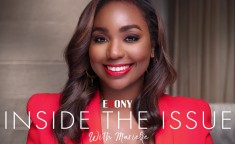




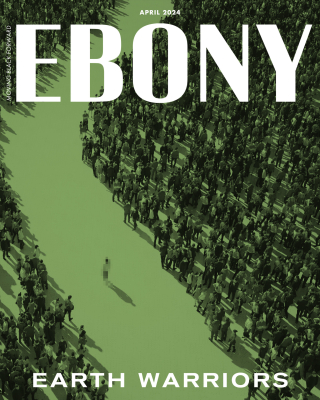
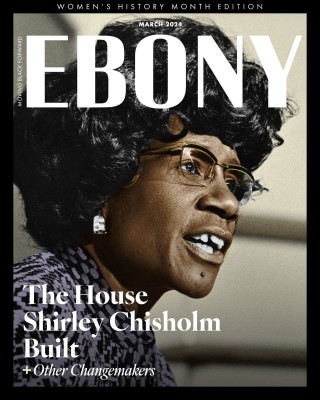
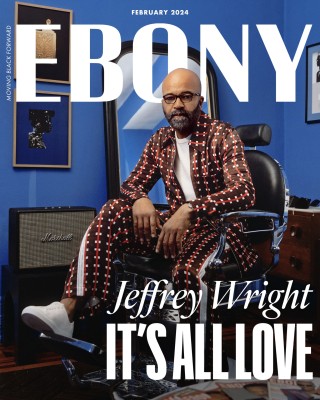

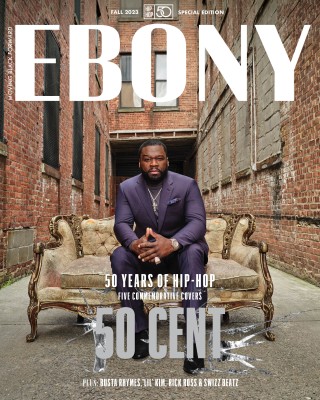
![The Chi Cover Final Cover[63]](https://www.ebony.com/wp-content/uploads/2023/07/19/The-Chi-Cover-Final-Cover63-320x426.jpg?t=1696274390)
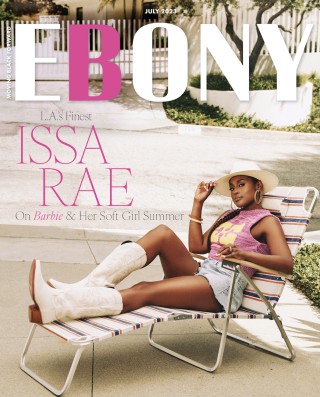

![Hailey Bailey Cover[1]](https://www.ebony.com/wp-content/uploads/2023/05/02/Hailey-Bailey-Cover1-320x426.jpg?t=1693598909)
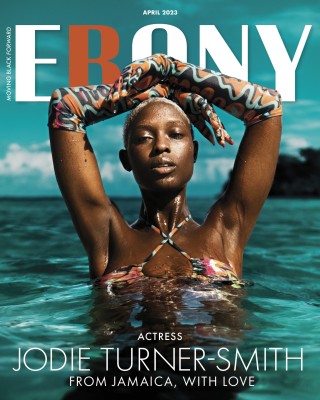
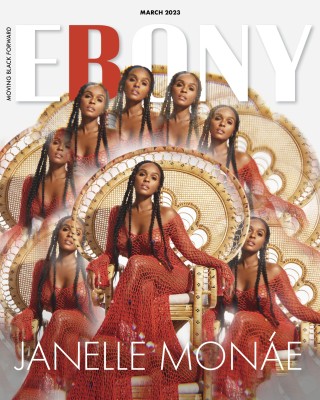
![Jonathan Majors Retouched Cover eye[1]](https://www.ebony.com/wp-content/uploads/2023/02/05/Jonathan-Majors-Retouched-Cover-eye1-320x426.jpg?t=1693765236)


![CIARA- 1st cover drop[1]](https://www.ebony.com/wp-content/uploads/2022/09/CIARA-1st-cover-drop1-320x426.jpg?t=1693401642)

